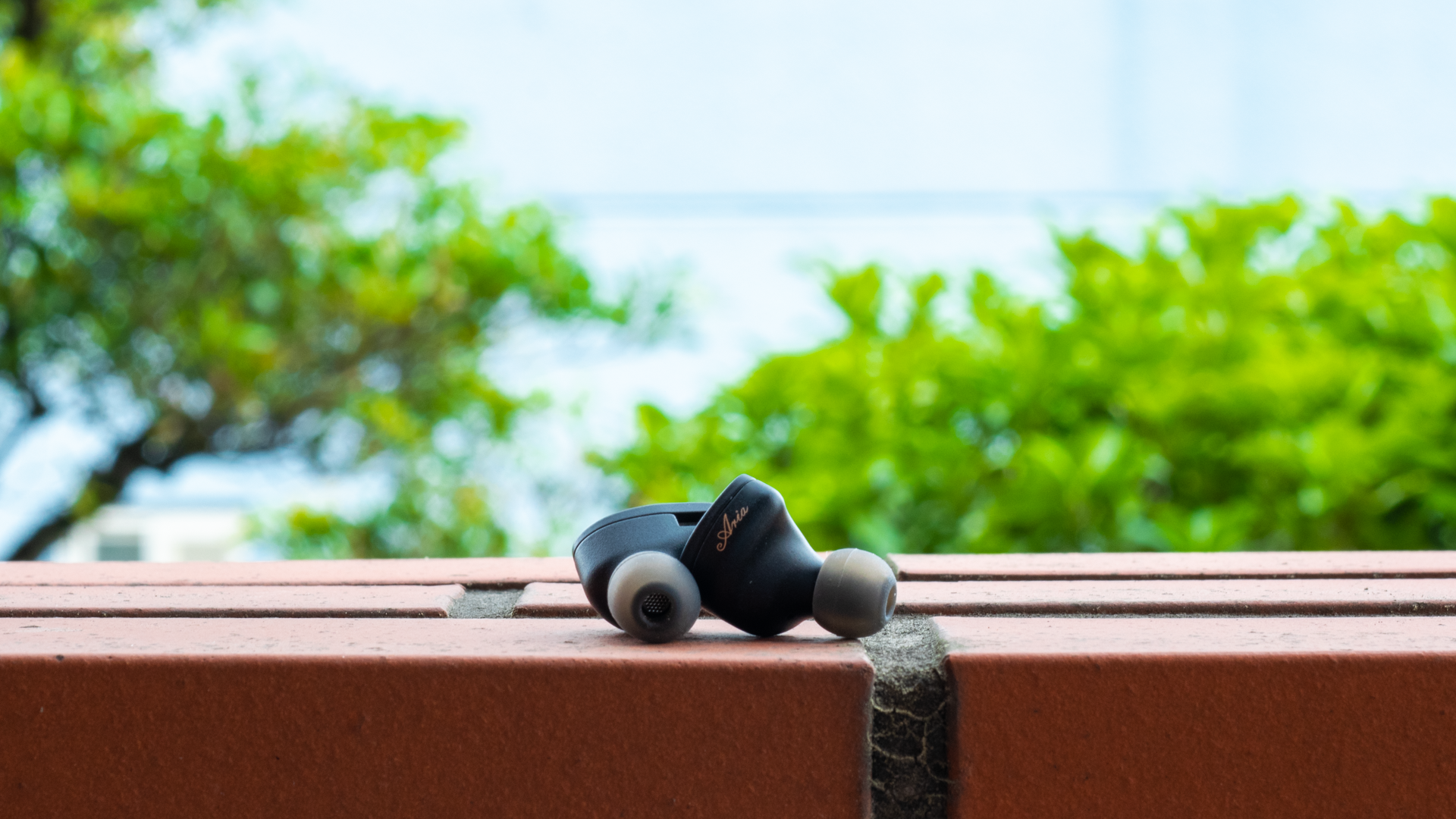Ah yes, Moondrop, again we are back with this conversation after my Dusk review a while ago.
Nothing much to say here. For many readers of my blog, Moondrop is quite a familiar name due to their marketing strategies, coping with the fact that their works are usually on the level of solid or above in the market gave them a fast recognition in the competition nowadays.
And here we have their newest work: Moondrop Aria...
Yeah no kidding, Moondrop users can look at the thumbnail and realize already. The Aria is eerie similar to some of the past work, and even I have to agree, Moondrop seems to have potentially undercut themselves again here. But, now the only question remains... How so?
Hence, the only way to answer this is to make this review to be a comparative article. Let's get to the details
